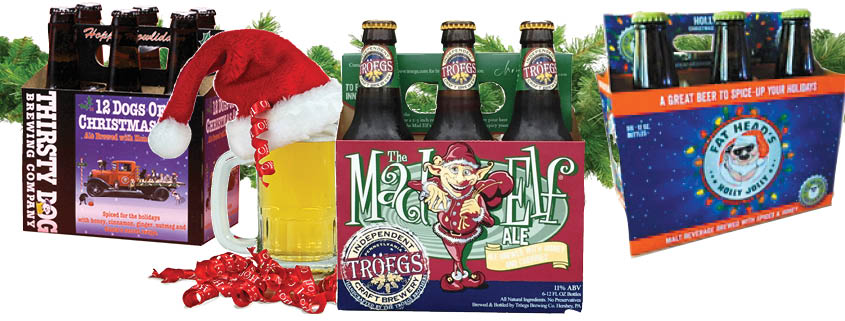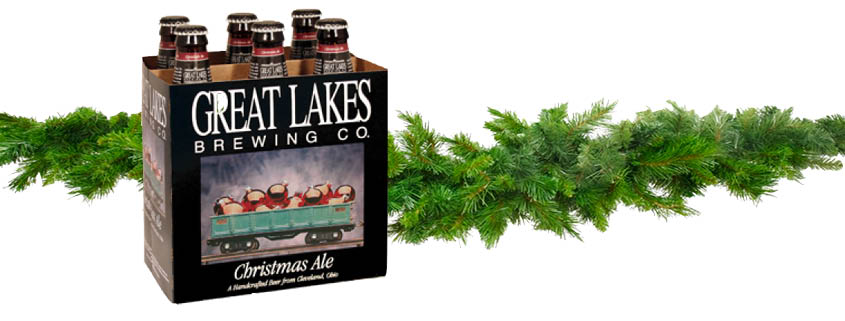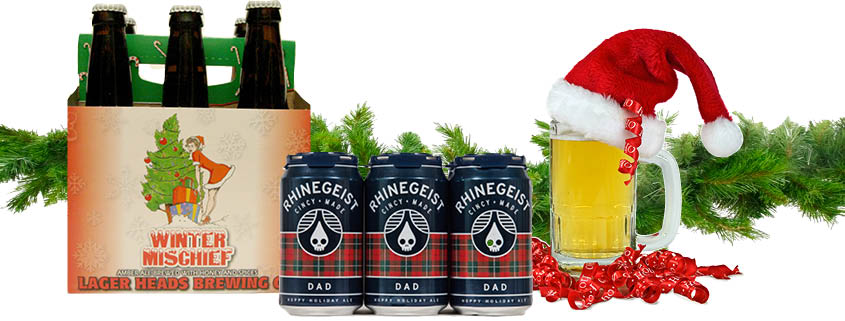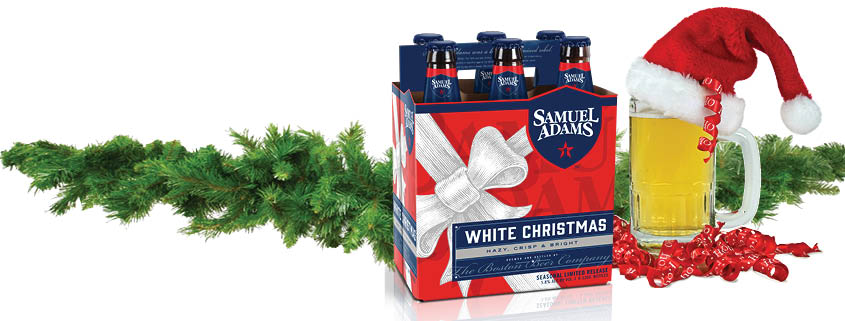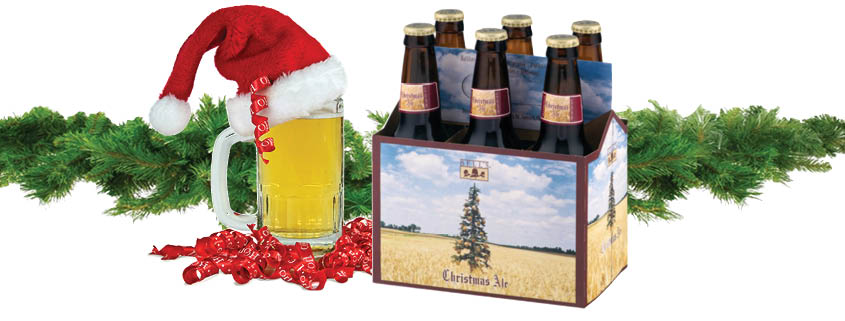No, Great Lakes Brewery did not invent Christmas Ale….Though many wait in great anticipation for its arrival, the history (and actual requirements) for Christmas beers and ales goes back centuries to the times when our ancestors celebrated the pagan holiday of Winter Solstice. Indeed, over the centuries, the entire notion of “Christmas beer” became ingrained in the holidays as much as yule logs and mistletoe. Norwegian farmers were required to brew juleøl—yule ale—for their workers or face expulsion from their property. And throughout the 19th century, British workhouses—those Dickensian homes for the poor—broke the tedium with free Christmas ale for their residents.
The backstory of this iconic style is important because it establishes that Christmas/Winter beer isn’t really a style—it’s a tradition. It’s as fanciful as stockings hung by the chimney with care, or a child’s dreams of flying reindeer. It follows no criteria. Not that some rule-makers haven’t tried. The Beer Judge Certification Program style guidelines (Category 21B) say its aroma should be “reminiscent of Christmas cookies”, its appearance should be amber to dark brown and it must taste “rich and malty.” Interestingly, the guidelines also demand: “spices are required.” However, some would point out that some brands including the hugely popular Troegs Mad Elf might taste spicy but that sensation is a product of its phenol-producing Belgian yeast strain, not cinnamon or nutmeg.
Indeed winter spice beers produced by America’s small and independent brewers embody the spirit of the holiday season and folks go crazy for them. Down in Asheville, NC, Highland Brewing Co. unveils the iconic Cold Mountain Winter Ale each November just before Thanksgiving and for the entire month it’s the talk of the town. Fans skip work on Cold Mountain Monday to raid area stores for the spiced amber brew, emptying shelves within hours or even minutes!
During their annual “First Pour” event in late October, the staff at Great Lakes Brewing Co. brewpub pours about 430 pints of Christmas Ale every 60 minutes for 12 consecutive hours. That’s one pint every eight seconds.
Suffice it to say, holiday ales are highly anticipated every year and whether or not they stick to the guidelines, they are a tradition that continues to grow by leaps and bounds as more breweries enter into the fray each year, giving us beer drinkers more varieties to try and anticipate!
So whatever your personal traditions may be, raise a glass of one (or more) of these special beers and say “Cheers!” to a wonderful holiday season and a prosperous New Year!

